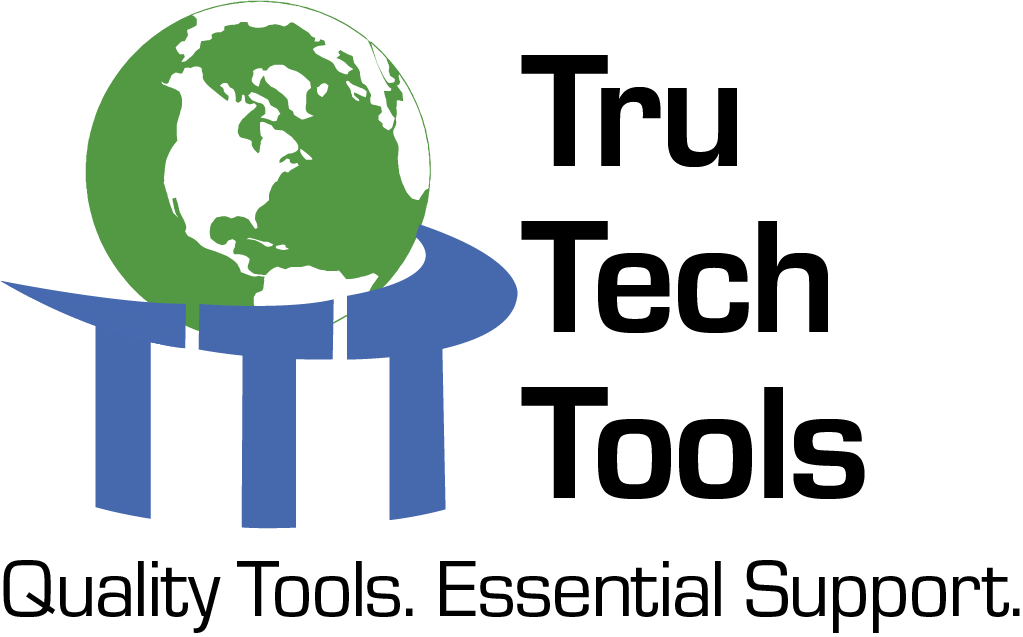Get Tech Tips
Subscribe to free tech tips.
Don’t Drive Drowsy

Being in an industry that requires a lot of travel—local or regional—can be a great thing for people who enjoy driving. It also comes with several more risks and opportunities for roadway accidents than someone who just has a round-trip commute to a single location every day. We’re all aware of the issues of texting behind the wheel or driving under the influence of alcohol or drugs. However, sleepiness behind the wheel is also incredibly dangerous. Driving drowsy can mess with your depth perception, attention to the road, and ability to make decisions.
Commercial service calls and projects are some of the most dangerous—not necessarily because the equipment is larger but because of the travel and hours. When a rack goes down at 3 AM, a tech has to go out there and fix it. Our business also has statewide commercial projects, so some techs travel home for two hours or more on weekends.
This quick tech tip will help you figure out when you’re too tired to drive safely and what you can do to get off the road.
Why is it so dangerous to drive while you’re tired?
Like driving drunk or under the influence of drugs, driving while tired can slow your reaction time and make you less aware of hazards.
According to the National Highway Traffic Safety Administration (U.S. Department of Transportation), there were an estimated 91,000 crashes caused by drowsy driving in 2017. Around 800 of these were fatal. This number dipped to 693 deaths caused by drowsy driving in 2022, but we should still do our part to reduce that statistic.
How tired is too tired?
Keep tabs on how you’re feeling and what you remember of the last several miles. It’s time to pull over if you:
- Don’t remember much from the last several miles
- Miss exits or turns because you weren’t paying attention
- Start yawning a lot
- Have trouble keeping your head up or your eyes open
- Find that you’re not maintaining your speed
- Start drifting out of your lane or driving on the rumble strip
If you find yourself doing any of these, find a safe, well-lit place to pull over, like a rest area or a gas station. Once you’re off the road, it’s time to figure out how you can address the problem.
What should you do when you’re too tired to drive?
If you’re working or leaving work, pull over in a safe, well-lit place like a rest area or populated gas station. Then, you should call your dispatcher, scheduling coordinator, or supervisor/manager, and they should be able to give you some options based on your company’s policies.
If you don’t have one of these people readily available, find the nearest rest area, take your key out of the ignition, and catch a quick nap. Power naps lasting 15–30 minutes have been shown to improve alertness and reduce fatigue. On top of that, many rest areas have vending machines with caffeinated beverages for when you need to wake up, but you should be careful not to depend on caffeine too much.
How can you prevent drowsy driving?

The best way to stop drowsy driving is to make sure your lifestyle is appropriate for the demands of the trade. Nutrition, hydration, exercise, sleep, and health are all factors that can affect your energy levels.
Sleep should be the #1 concern here. The average adult needs 7–9 hours of sleep per night. Anything less than six hours makes roadway accidents a lot more likely. Try to aim for eight hours of sleep each night. On the other side of the energy coin, we have exercise. Regular exercise gets your blood pumping throughout the day, and it improves the quality of your sleep.
Eating nutrient-dense food that doesn’t have a lot of added sugars is a great way to make sure your body is getting the fuel it needs. Hydration is another key element, as even 1% fluid loss in your body can contribute to fatigue. Mayo Clinic supports the common wisdom that the average adult needs to drink six to eight cups of pure water per day. However, that number varies based on a person’s lifestyle and the food they eat. Keep in mind that our jobs are more physically demanding than most, so that number is a lowball for us.
Some medications to treat allergies, high blood pressure, depression or anxiety, and pain can also cause drowsiness. If you need to start a medication that mentions drowsiness as a side effect, make sure you maintain communication with your supervisor so that you can both make safe decisions moving forward.
Driving is just part of the job, and it’s probably one of the more dangerous things we do. (Yes, even in a trade that makes us regularly handle torches and work on electrical components.) It’s easy to let our guard down and think we can just power through a long drive when we’re sleepy. It’s NOT a risk worth taking.
Most of all, make sure you communicate your needs with your supervisor. They should prioritize their people’s safety and be willing to make arrangements for you when you're in a dangerous situation.











Comments
To leave a comment, you need to log in.
Log In